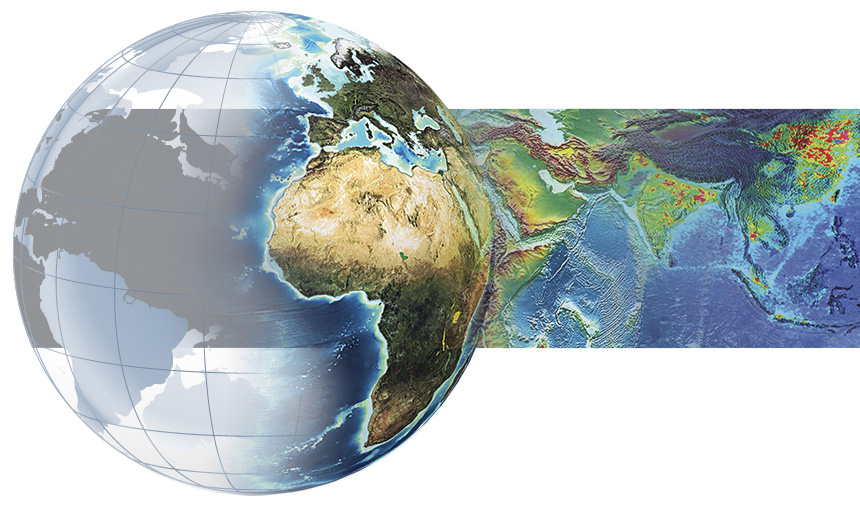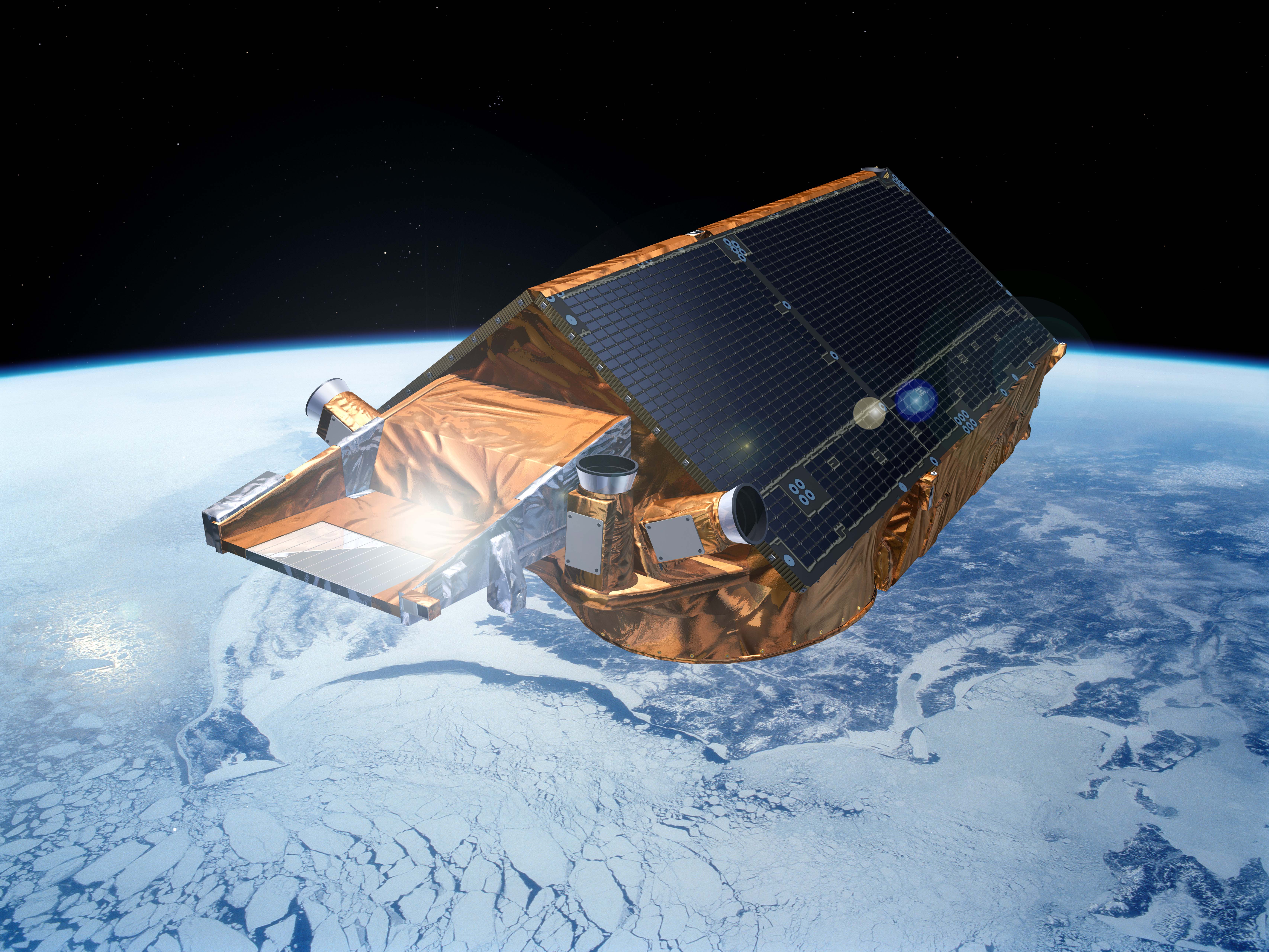ESA’s biggest scientific event of the year
05 September 2013
More than 1600 scientists will be meeting in Edinburgh in September to talk about the discoveries they have made using results from Europe’s satellites and Earth observation projects.
Scientists will give presentations about their latest findings on Earth’s environment and climate that they have learnt from satellite data. New missions being developed by ESA and national space agencies will also be introduced, such as the Sentinels, Earth Explorers and meteorological missions. There will be more than 1700 presentations in total, about topics like oceanography, the atmosphere, climate and meteorology.
The main focus will be ESA’s Earth Explorer missions, CryoSat, GOCE and SMOS. Over the past few years they have been sending lots of new information on Earth’s cryosphere, gravity, soil moisture and ocean salinity.
Cryosat flies over the North and South poles and measures tiny changes in ice thickness. The results help scientists to find out whether the Arctic sea ice is breaking up and melting. They also show whether the ice sheets that cover the land mass of Antarctica and Greenland are shrinking or growing.
ESA’s GOCE satellite has collected information about Earth’s gravity in more detail than ever before. The data are being used to study ocean currents, changing sea level, land surface height and the depth of mountain roots. GOCE also detected sound waves from the massive earthquake that hit Japan on 11 March 2011.
The Soil Moisture and Ocean Salinity satellite, SMOS, has been helping us to understand the water cycle. The mission is also being used to monitor Arctic sea-ice extent and thickness, and can even measure wind speeds inside hurricanes.
The next Earth Explorer, Swarm, is planned for launch later this year. Three satellites will work together to unravel one of the most mysterious aspects of our planet: the magnetic field. There will also be presentations about ESA’s new programmes like Copernicus and a series of Sentinel satellites, the first of which will be launched within the next year.
ESA Kids mascot Paxi will be listening to many of the presentations in Edinburgh and reporting back with pictures and stories, so be sure to follow him from 9-11 September!






